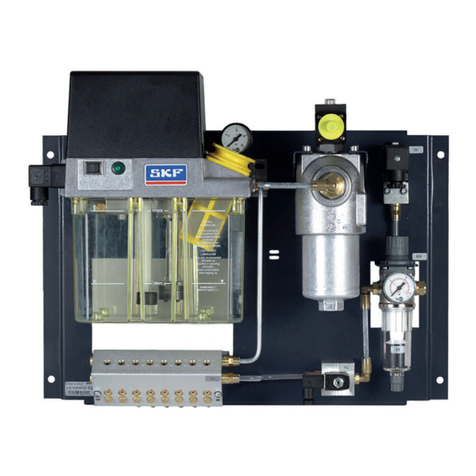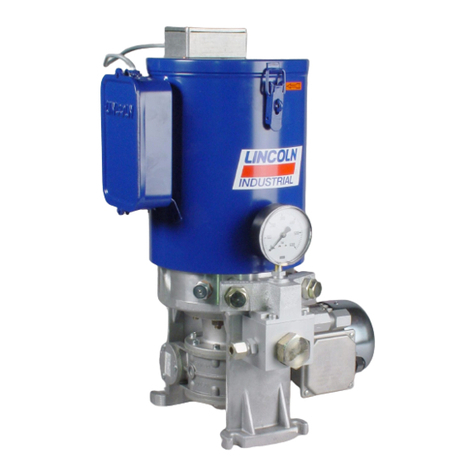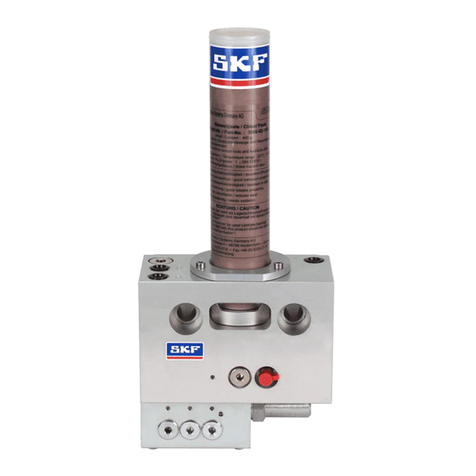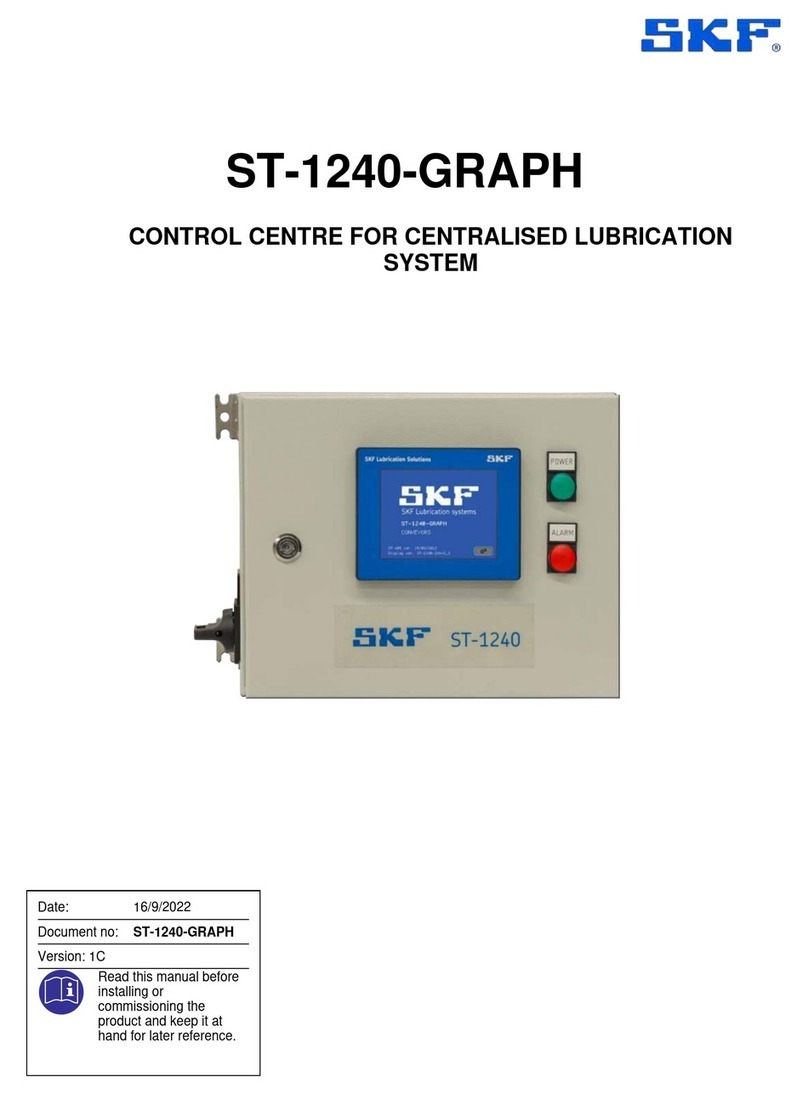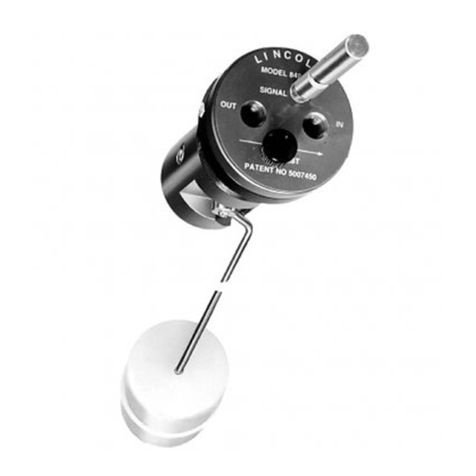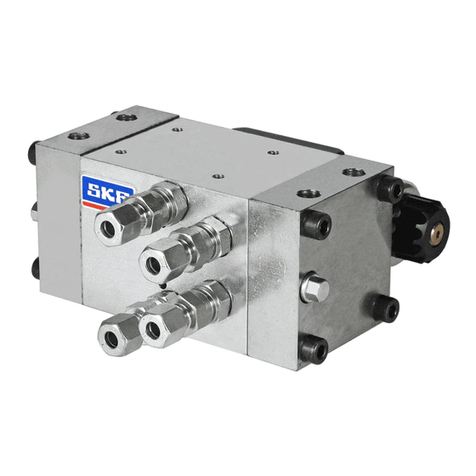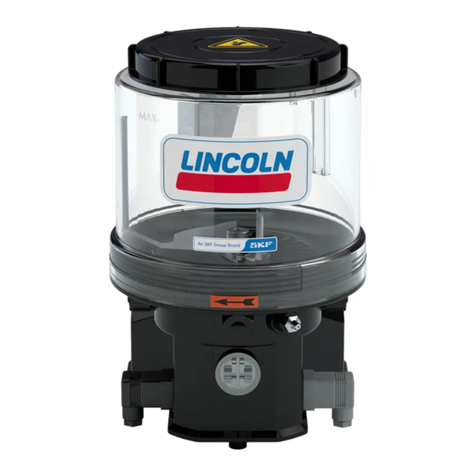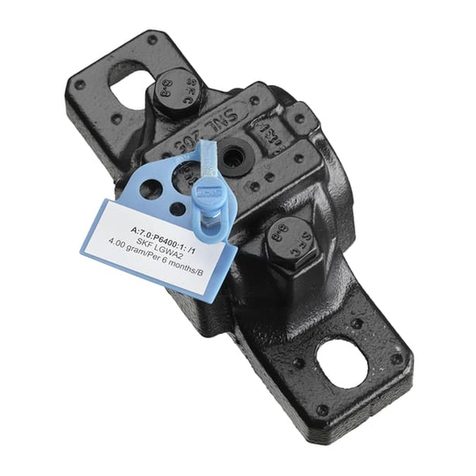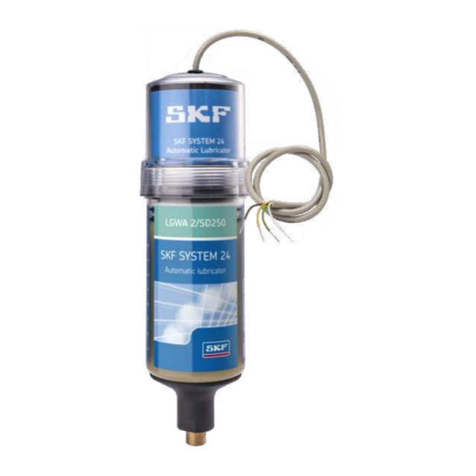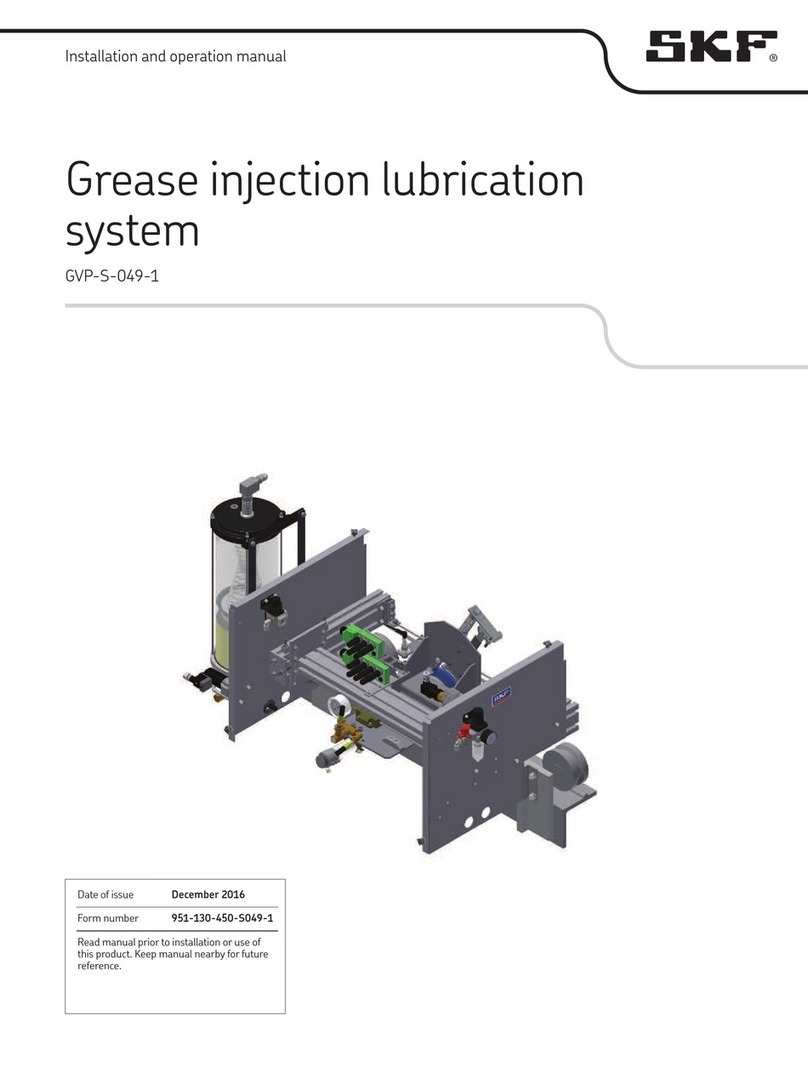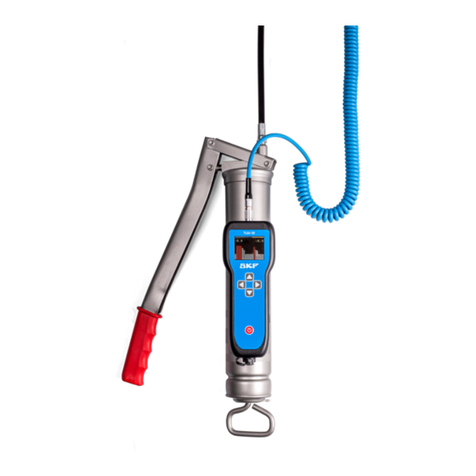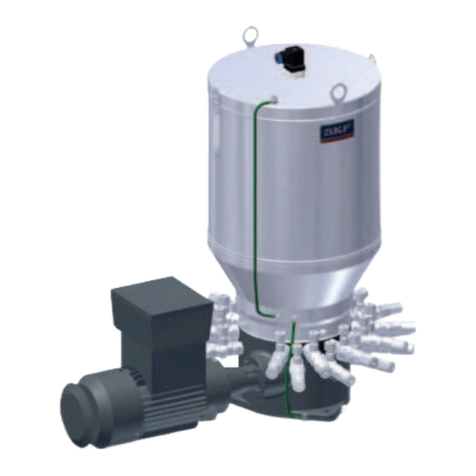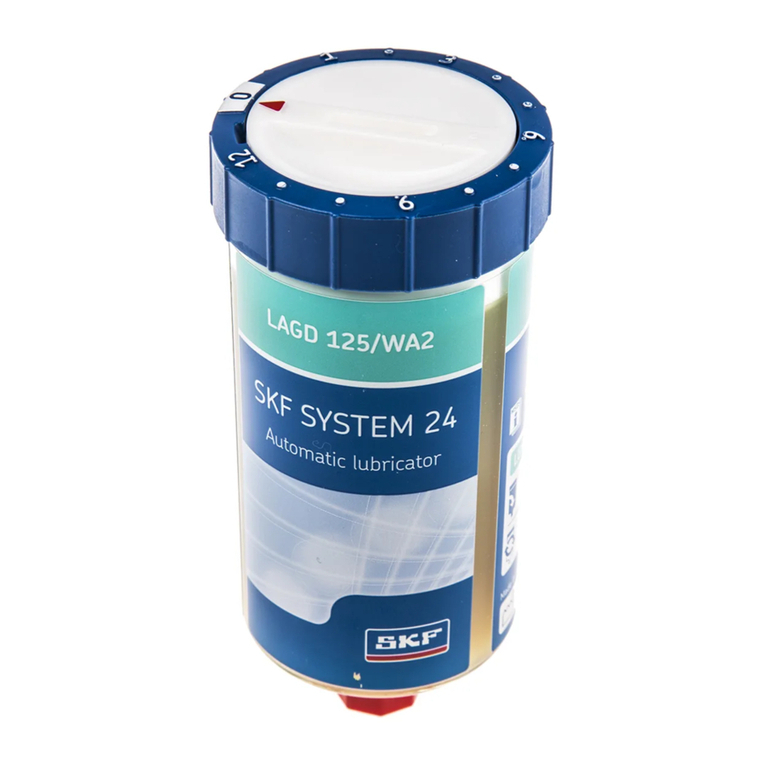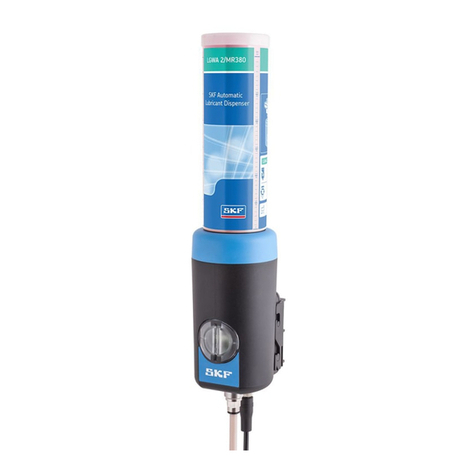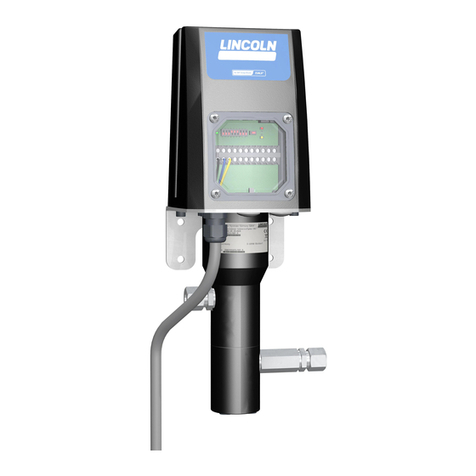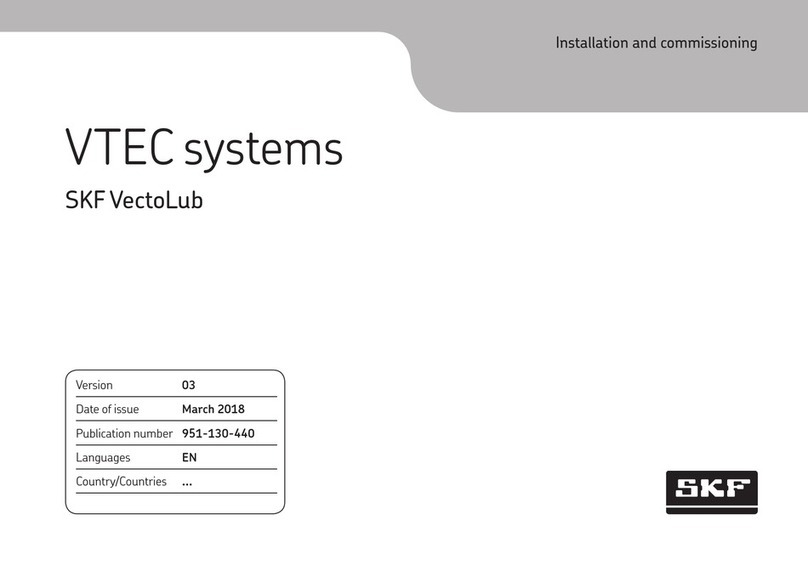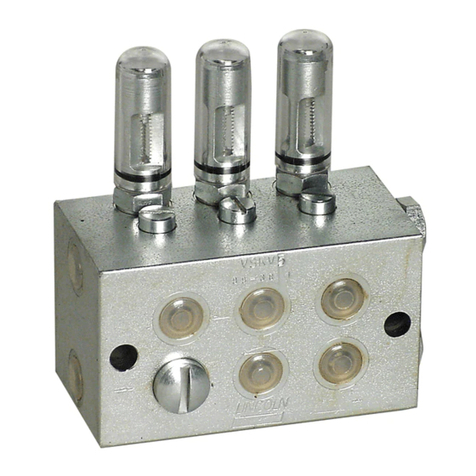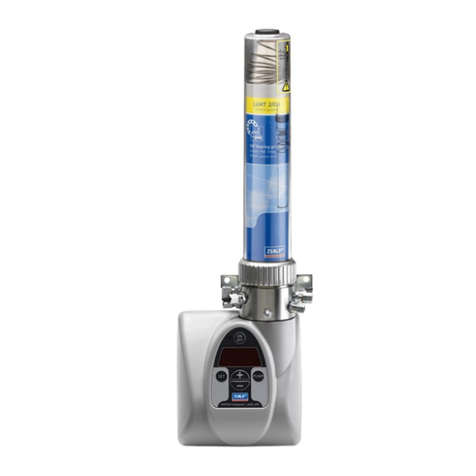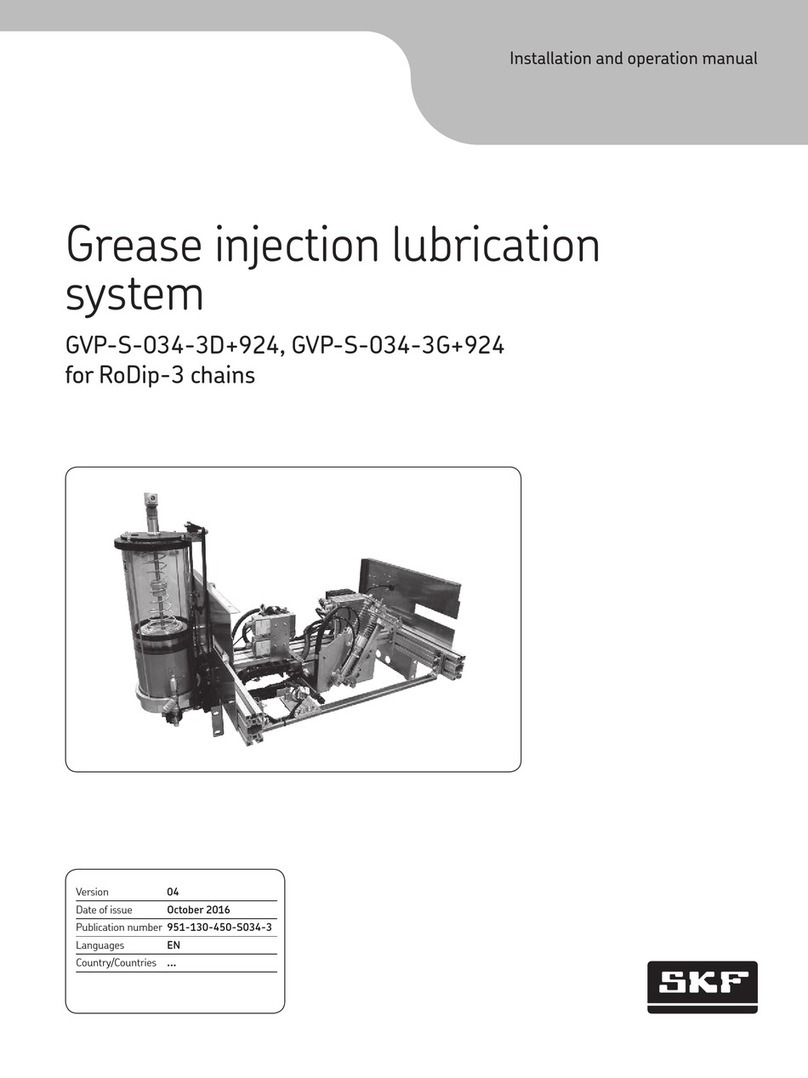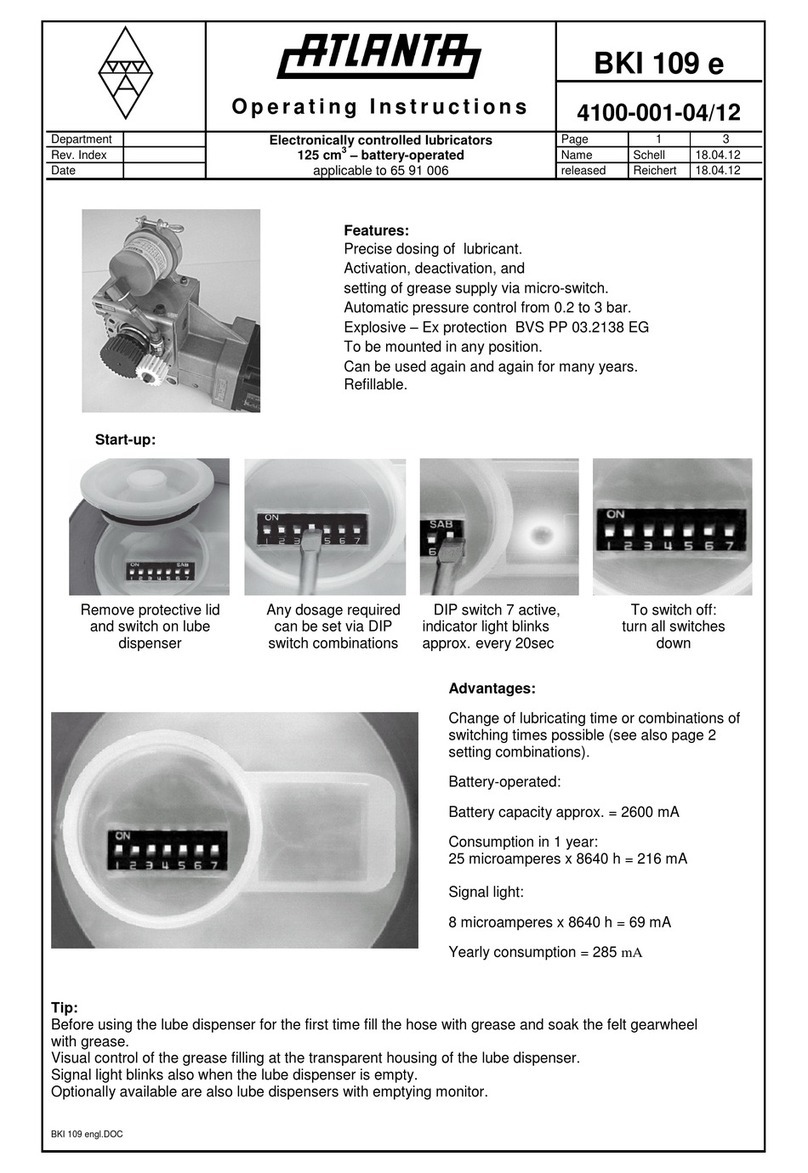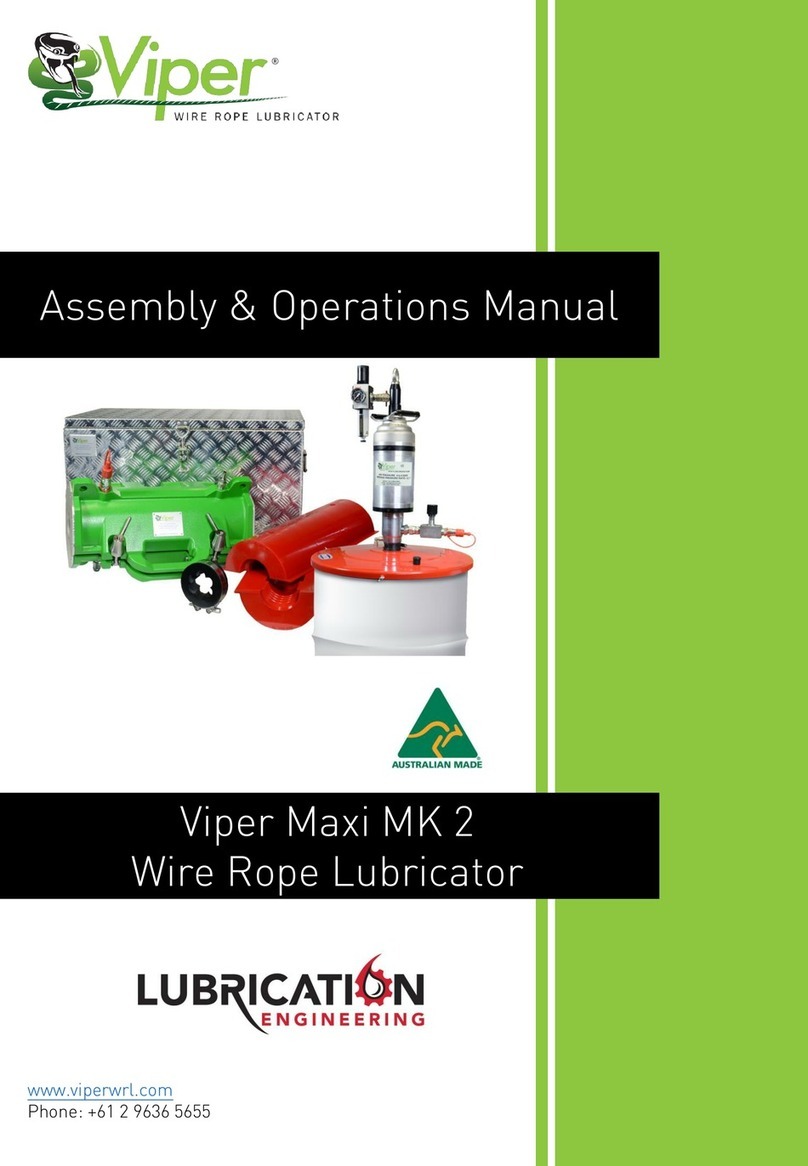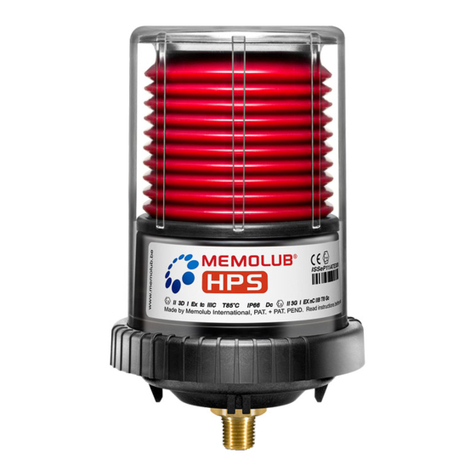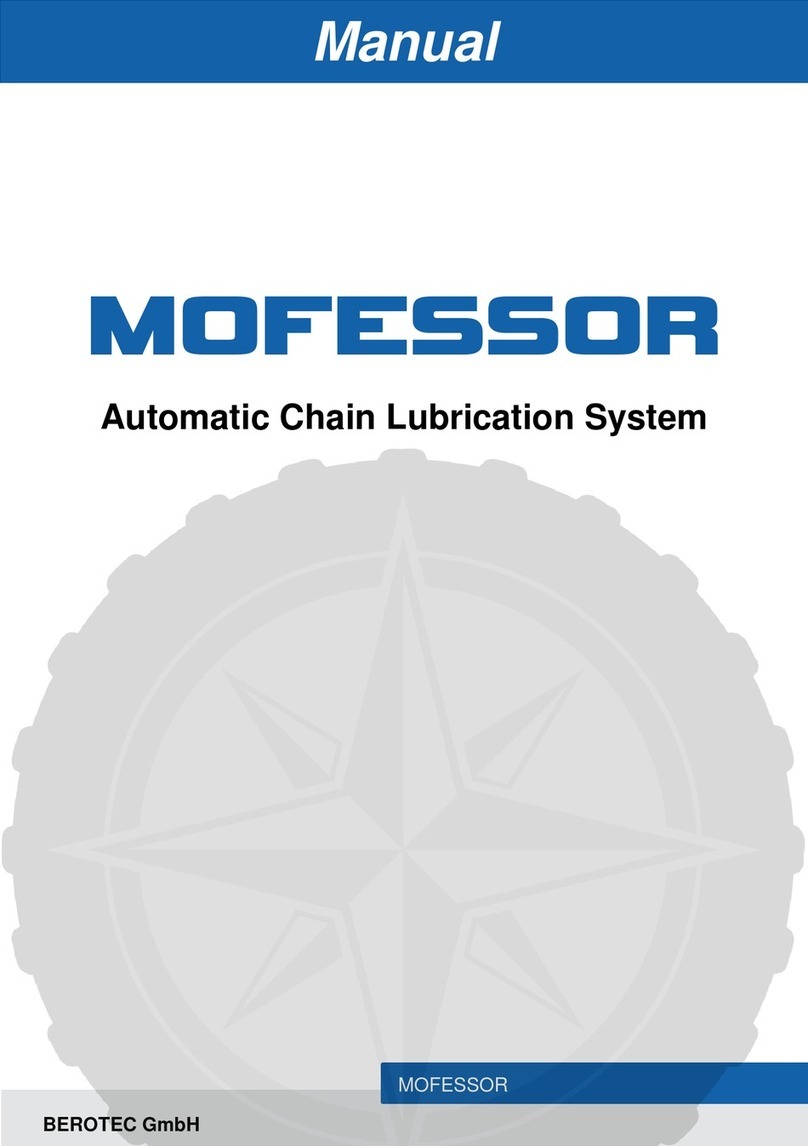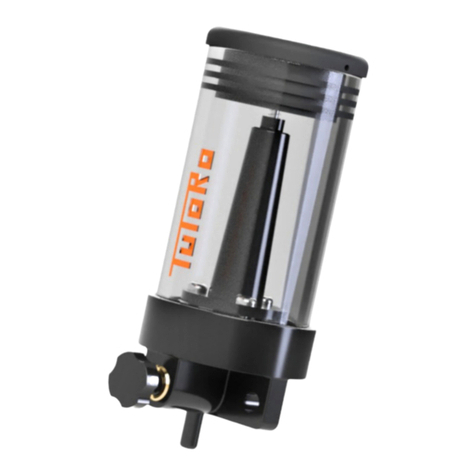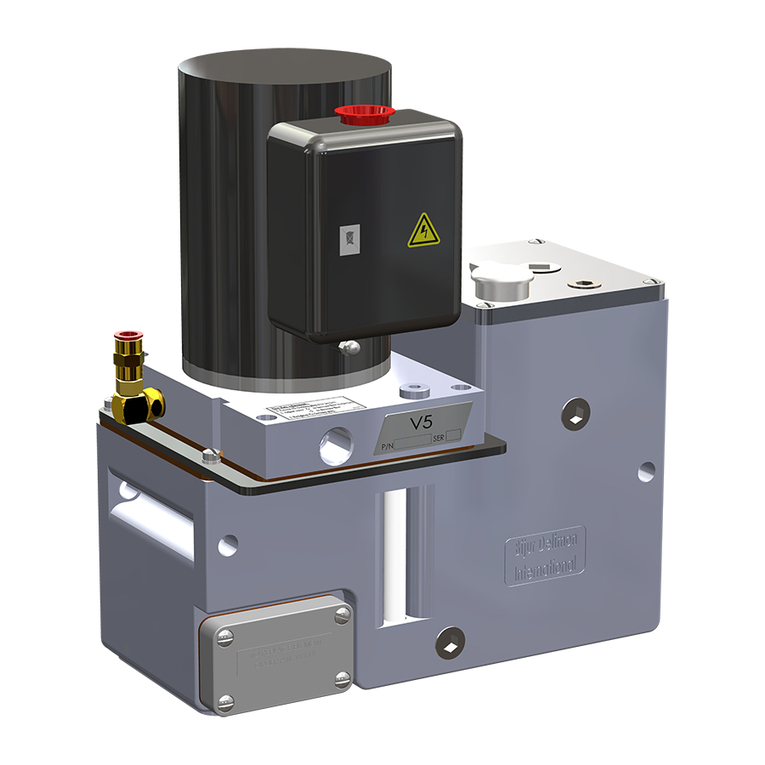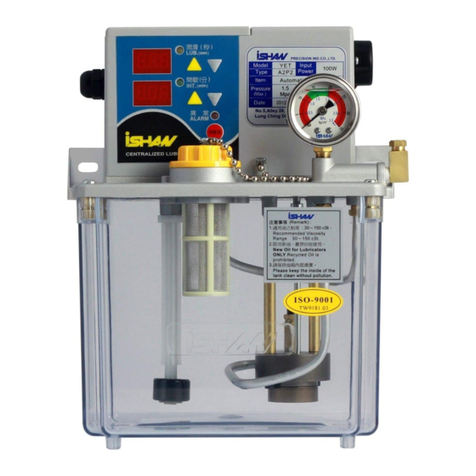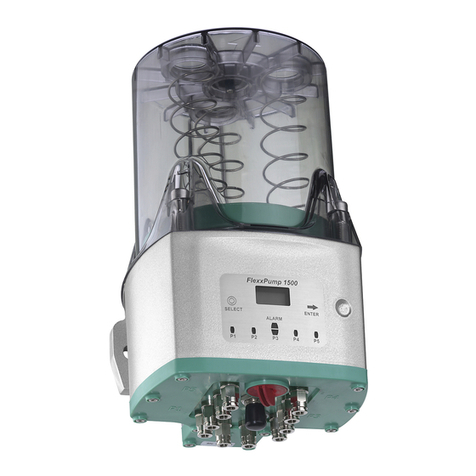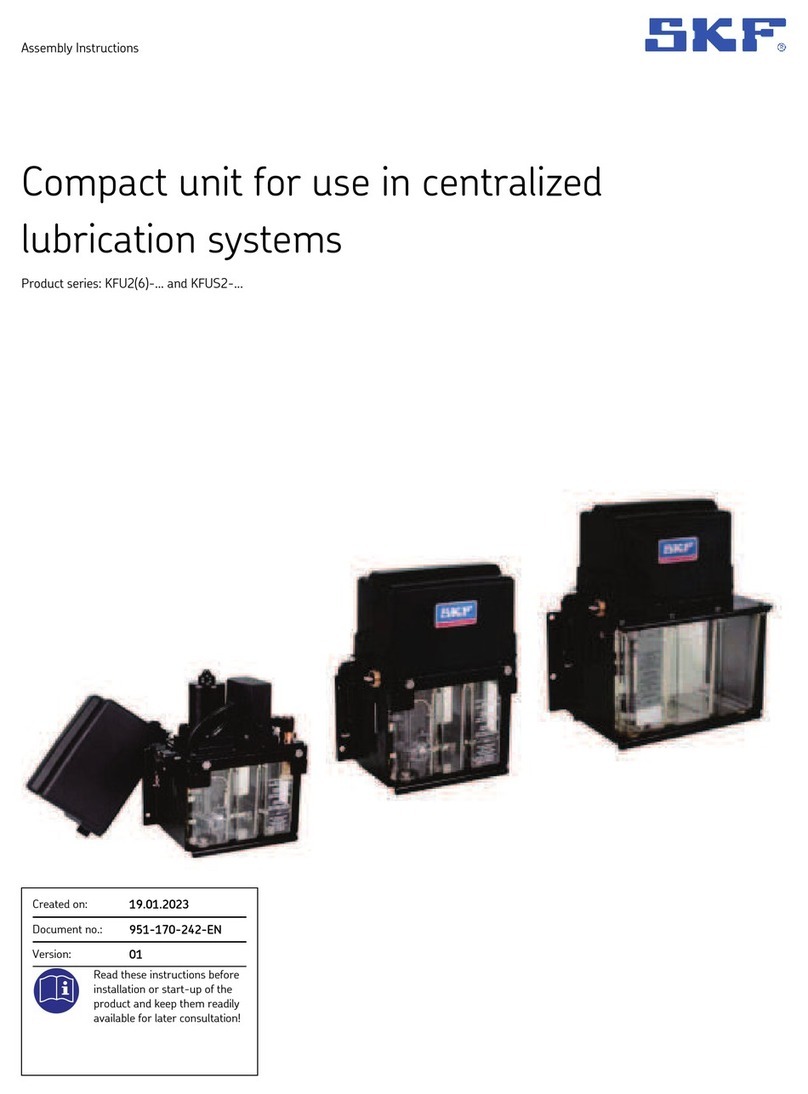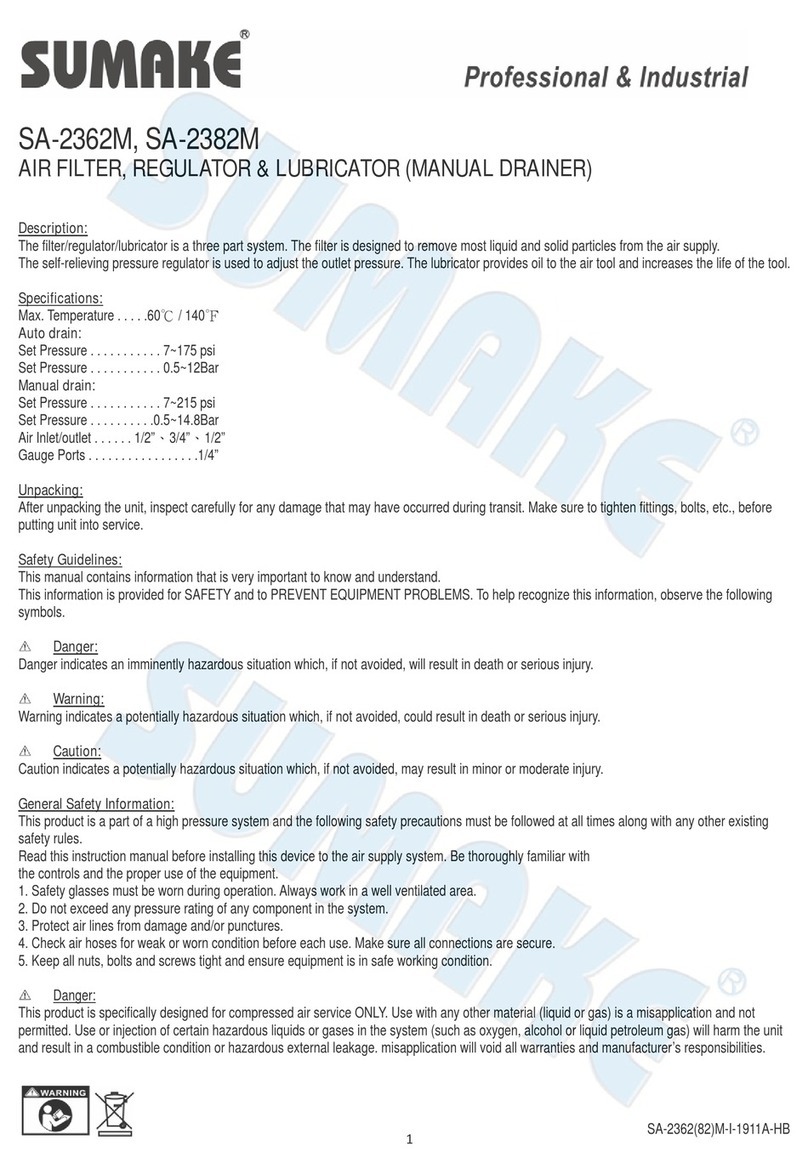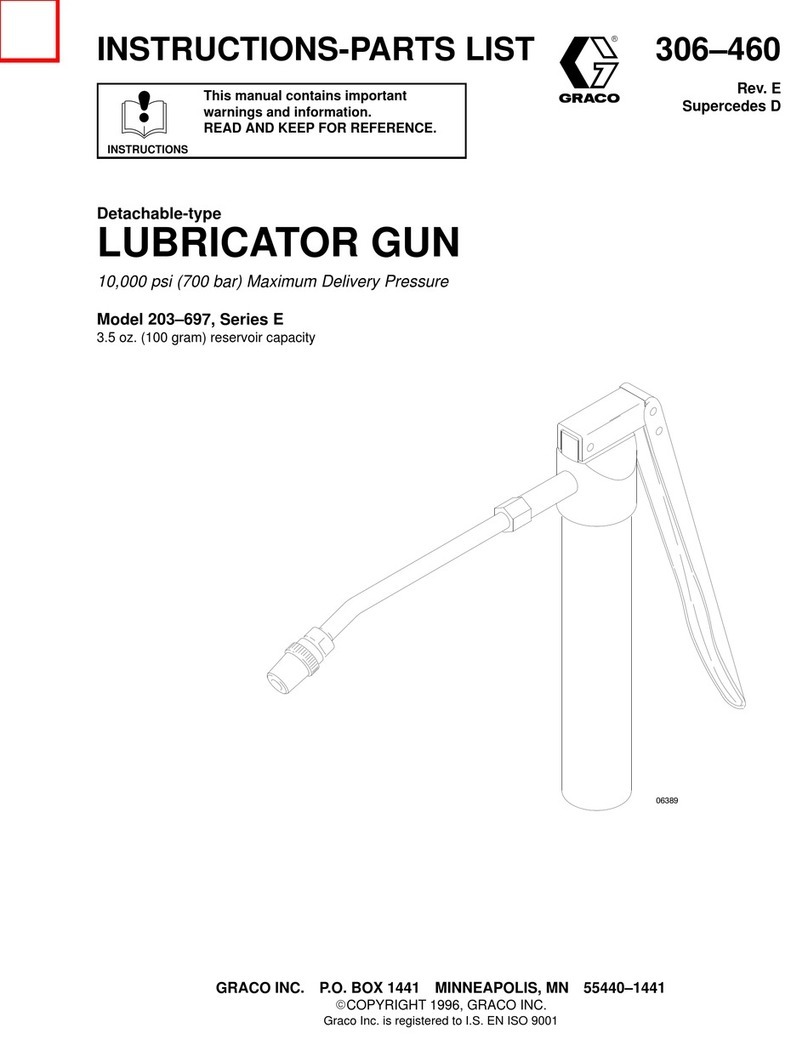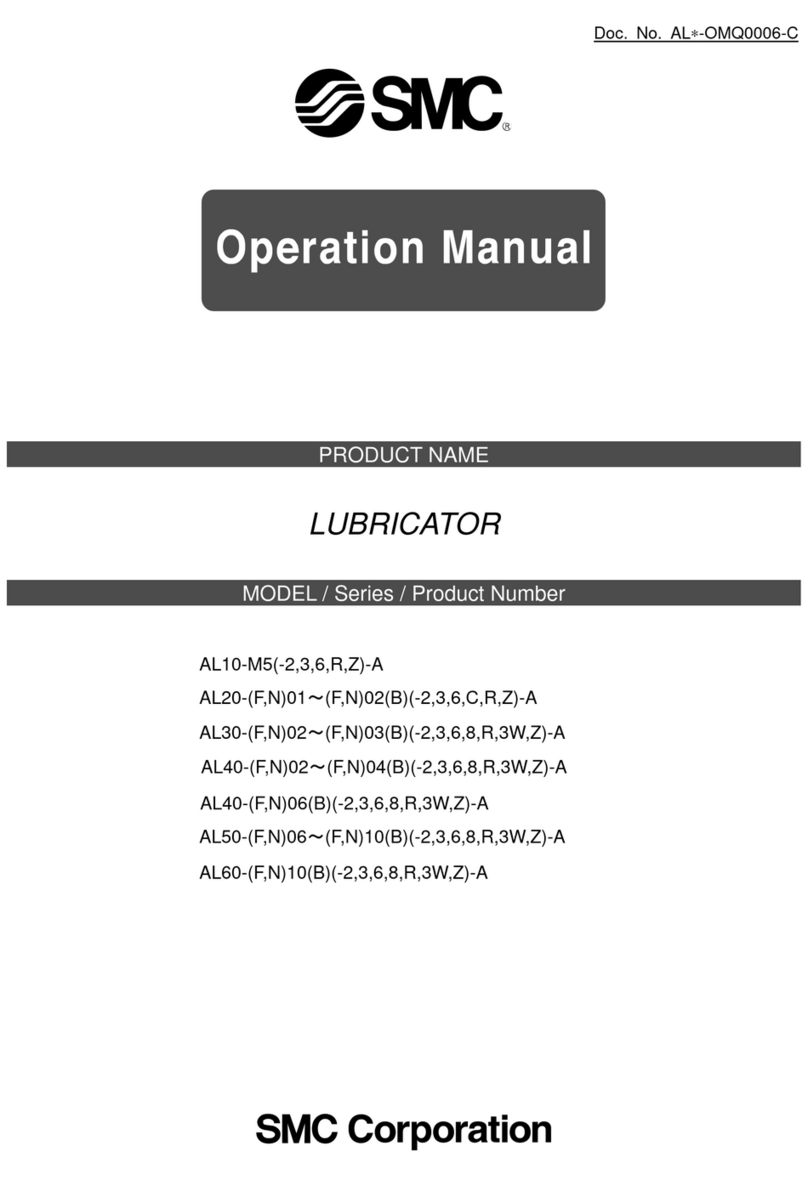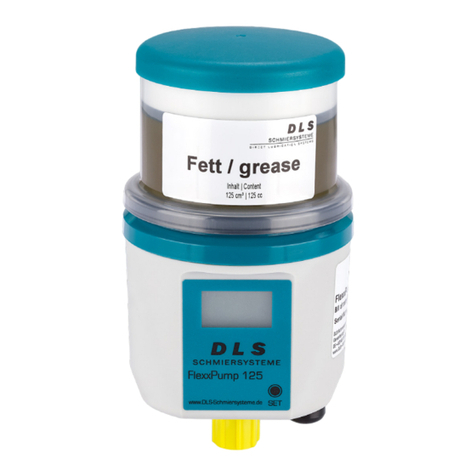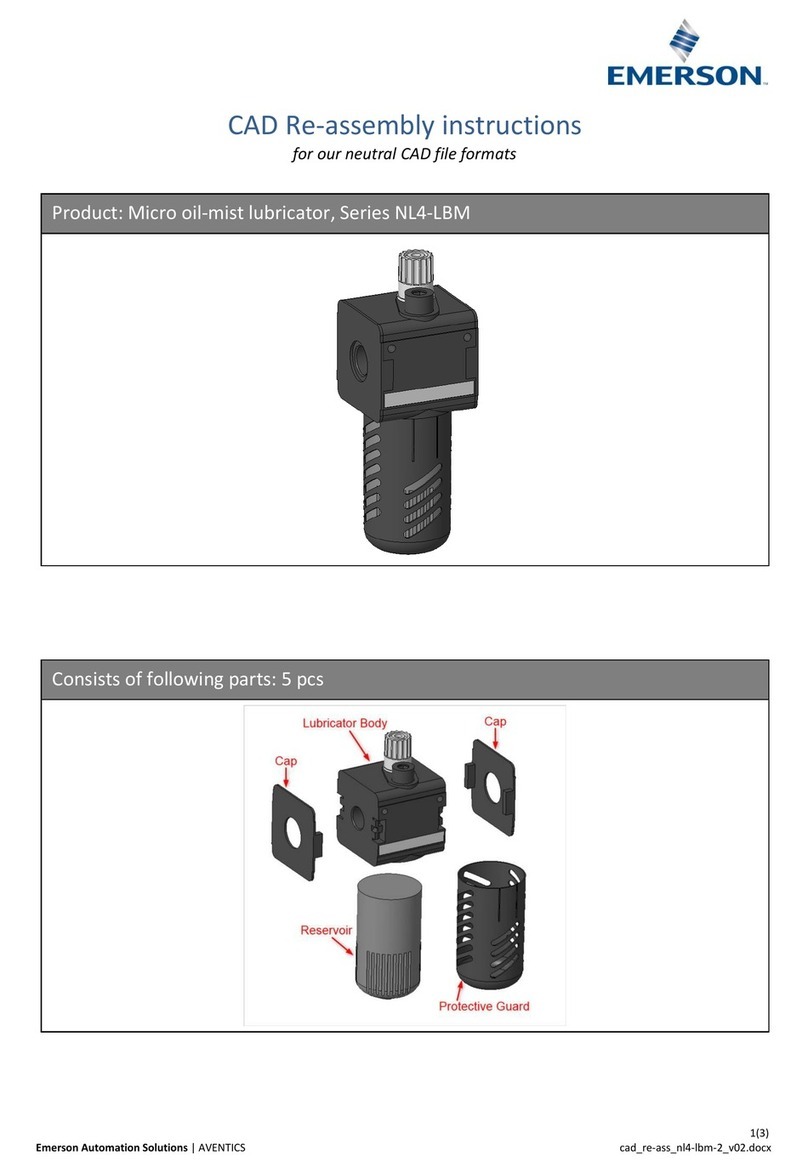88
ENEN 1. Safety instructions
1. Safety instructions
1.1 General safety instructions
The operator must ensure that the manual
is shown to, read and understood by all
persons to be entrusted with work on the
product or by all named persons.
The manual must be kept at hand along
with the product.
The manual is part of the product and must
be handed to the new product owner upon
sale of the product.
The products described are produced
according to state-of-the-art technology.
However, hazards may arise during use,
which could cause personal injury or
property damage.
Faults which could affect safety must
be rectified immediately. In addition to
the manual, the statutory and general
regulations for accident prevention and
environmental protection must be observed.
1.2 Basic conduct when handling the product
o The product may only be used with an
awareness of the dangers, in a technically
perfect condition and in accordance with
the instructions in this manual.
o The specialist personnel must be familiar
with the functions and operation of
the product. Specified installation and
operating steps and their order are to be
observed.
o If there are any ambiguities in terms
of the proper condition or proper
installation / operation, these points must
be clarified. Operation is prohibited until
they are clarified.
o Unauthorised persons must be kept away.
o Responsibilities for different activities
must be clearly defined and adhered to.
Uncertainties jeopardise safety to a great
extent.
o During operation, protective and safety
devices may not be removed, modified
or disabled, and are to be checked for
functioning and completeness in regular
intervals. If protection and safety devices
are removed, they are to be immediately
reassembled and checked for proper
functioning after the work is completed.
o Correct any faults within the area of
responsibility. Any faults which occur from
outside the area of responsibility are to be
immediately reported to the supervisor.
o Wear personal protection equipment.
o Observe the respective safety data sheets
when handling lubricants, equipment, etc.
